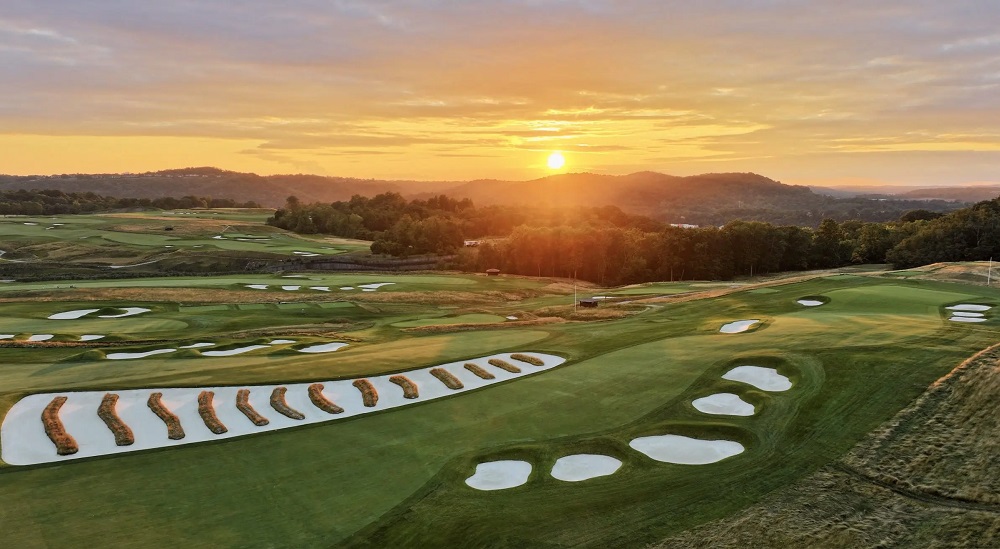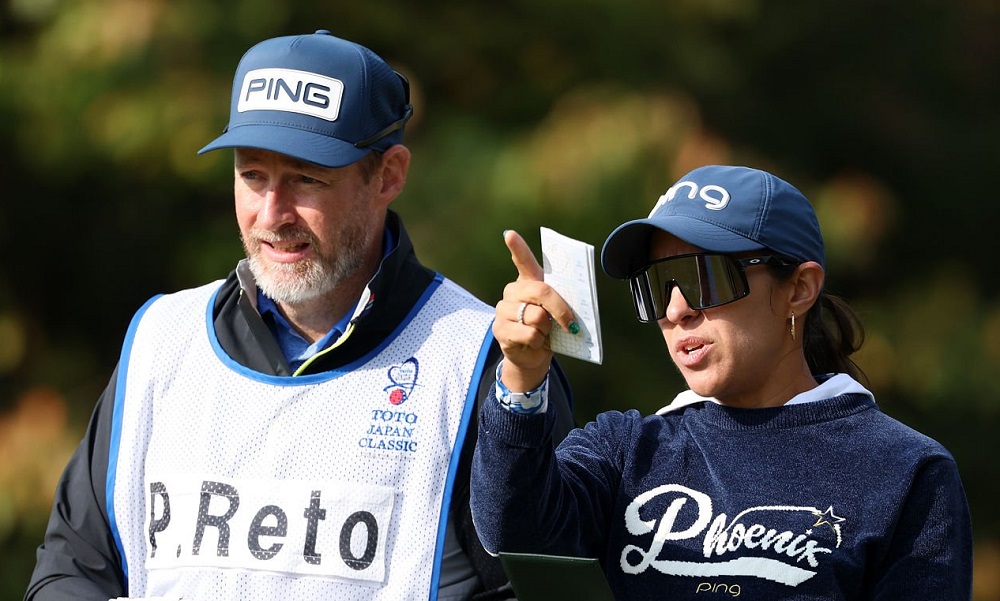All yardages are based on the US Open media guide; Guide written by PA media
First – 488 yards, par-four: A really demanding opener, with the second shot blind to a green that slopes from front to back.
Second – 346 yards, par-four: Many players take an iron off the tee with a ditch left and bunkers right, but downwind some will try to get as close as they can to a green where three putts are common.
Third – 462 yards, par-four: The famous Church Pew bunkers are left of the fairway and the bunkers on the right are no fun either. The elevated green is relatively flat by Oakmont standards.
Fourth – 611 yards, par-five: The Church Pew bunkers again come into play and further traps in the right rough are very severe. Despite the length of the hole, driver might not be the best option off the tee due to the premium on accuracy.
Fifth – 408 yards, par-four: Irons for position the usual course of action, leaving an approach to one of the most undulating greens.
Sixth – 200 yards, par-three: The first of the short holes offers little respite. with a small green which slopes from right to left.
Seventh – 485 yards, par-four: Another hole where par is a real achievement. Left of the green is the main danger, while the putting surface itself is angled severely from left to right.
Eighth – 289 yards, par-three: The longest par three in major history. The green might well be out of reach for some, while anything slightly left is likely to find Sahara bunker that is 100 yards long.
Ninth – 472 yards, par-four: Plays as a par five for club members with a blind uphill drive which must avoid a ditch left and pot bunkers right. Another demanding green.
10th – 461 yards, par-four: The first hole on the back nine plays downhill, but players must find a narrow fairway and make sure to avoid the bunkers down the right.
11th – 400 yards, par-four: Usual approach involves an iron or three-wood to reach a plateau on the fairway, leaving an approach to a green which slopes from back to front.
12th – 632 yards, par-five: Longest par five ever in majors when it played to 667 yards in 2016 and strategy will play a big part. As with the fourth hole some may keep driver in the bag, even though it will mean a far longer third shot.
13th – 182 yards, par-three: Hourglass green is very narrow and the crucial thing is to leave an uphill putt.
14th – 379 yards, par-four: Driveable in favourable conditions and the forward tee. Making birdie or even eagle, though, depends on coping with a large green that has a lot of subtlety to it.
15th – 507 yards, par-four: Blind tee shot to a fairway that slopes left to right. More Church Pew bunkers down the left, with ditches and further bunkers on the right.
16th – 236 yards, par-three: The large green slopes left to right and while much shorter than the eighth, it could prove the tougher of the two.
17th – 312 yards, par-four: An opportunity to make up lost ground, but there are risks attached. Bunkers lie in wait 50 yards short of the green on the left-hand side.
18th – 472 yards, par-four: One of the toughest closing par fours in golf. Long and straight shots needed for both the drive and the approach to an undulating green.






